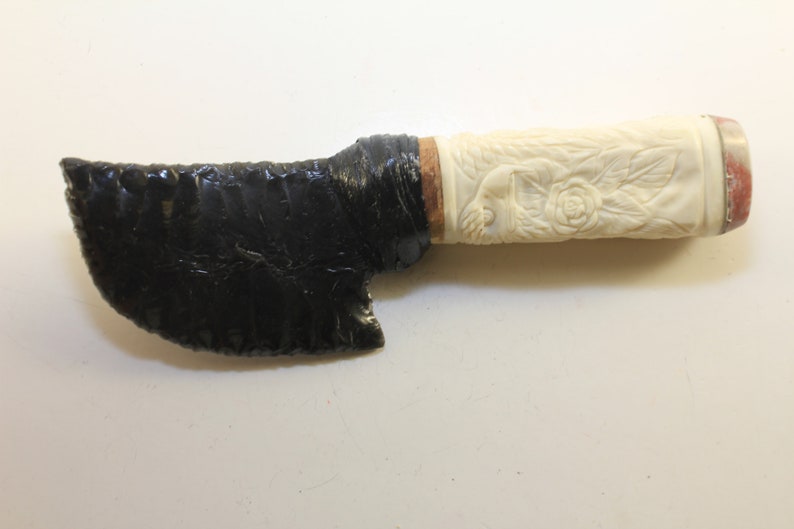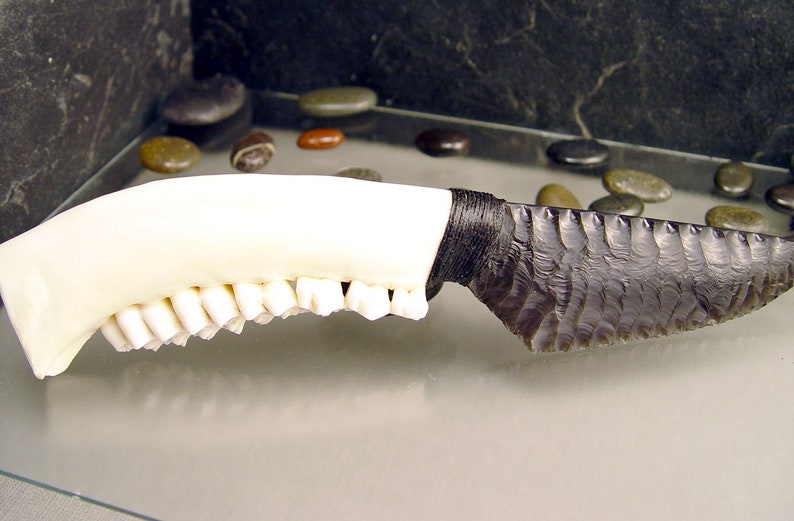

When he didn’t return, she climbed the mountain and began to cry without stopping. One of the gods asked her why she was crying, and she told him of her lost love. As they were saying goodbye, they climbed to the top of the Sierra de las Navajas and Xochitzol swore that she would never marry until her beloved returned. Her father, a priest, did not want them to get married so he sent her lover to war. Obsidian was known as the “Stone of the Gods.” As the story goes, a beautiful young woman named Xochitzol (sun flower) fell in love with a great warrior. Archeologists agree that this is one of the largest and most important obsidian deposits in Central Mexico, offering the rare green obsidian.

In the Sierra de las Navajas (Razor or Knife mountains translated into English) about two hours outside of Lake Chapala, is a modern mine that recently crossed paths with pre-Hispanic tunnels used to quarry obsidian by the Aztecs. Ancient uses of obsidian are being challenged by today’s choice of obsidian as a surgical tool, offering one of the finest edges that nanotechnology can produce.

The majority of obsidian is black or gray but a rarer green obsidian was prized for works of art and their most valuable weapons. Obsidian is a naturally occurring volcanic glass formed into a kind of rock by the rapid cooling of lava.


 0 kommentar(er)
0 kommentar(er)
